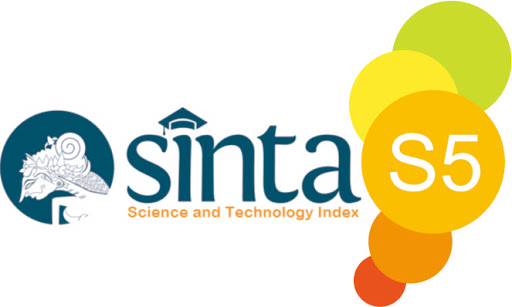SPEECH STYLE USED BY SETO MULYADI IN ISLAMIC DA’WAH
DOI:
https://doi.org/10.21154/qaulan.v4i2.7292Keywords:
Speech style, Seto Mulyadi, Islamic da’wah, communicationAbstract
Speech is a fundamental component of human communication, and it is shaped by a multitude of factors, leading to the emergence of various speech styles. Speech style is a type of communicative style that is determined by an intuitive understanding of the levels of familiarity or intimacy between individuals. These variations in speech style can be influenced by cultural, social, and situational factors, which contribute to the richness and diversity of human communication. This study aimed to explore speech style used by Seto Mulyadi Islamic da’wah in Tarawih sermon at Mosque of Gajah Mada University in 2023. Seto Mulyadi is a child psychologist and was the chairman of National Commission for Child Protection of Indonesia who tends to speak in story telling way. This research used qualitative descriptive method as foundation in conducting research. The research data consists of script of Seto Mulyadi's video speech from Youtube. The data analysis process involves four steps: data collection, data condensation, data display, and conclusion drawing/verification. Based on finding, there are frozen style, formal style, consultative style, and casual style occurred in Seto Mulyadi’s utterances. Formal style is the most occurrence speech style in his speech. Furthermore, the personal background of Seto Mulyadi and the recipients of the message also influence variation of his speech style.References
Ary, Donald, Lucy Cheser Jacobs, Chris Sorensen, and Asghar Razavieh. Introduction to Research in Education. 8th editio. Belmont: Wadsworth, 2010.
Astika, Surya. “The Analysis of Speech Style Used in Kick Andy Talkshow.” Research in English and Education (READ). Vol. 3, 2018.
Batu, Afrilia Lumban, Lastri Wahyuni Manurung, and Nenni Triana Sinaga. “An Analysis Of Speech Style Used By Retno Marsudi In Press Statement At G20 Foreign Minister’s Meeting.” Innovative: Journal of Social Science Research 3, no. 2 (2023): 6091”“98.
Chaer, Abdul, and Leonie Agustina. Sociolinguistik: Perkenalan Awal. Jakarta: Rineka Cipta, 2010.
Holmes, Janet. “An Introduction to Sociolinguistics,” 2013.
Ircham, M, and U S Halimah. “STYLISTIC DA’WAH: The Study of Reprimand Verses in the Perspective of the Da’wah Method.” ”¦ : Journal of Islamic Management ”¦ 1, no. 2 (2021): 62”“77. https://www.journal.walisongo.ac.id/index.php/munazzama/article/view/9898.
Mafidah, Cindy. “ANALYSIS OF DA ’ WAH MESSAGES THROUGH CONTENT ON TIKTOK ACCOUNT @ ZAHIDSAMOSIR” 4, no. 1 (2023): 13”“31.
Meyerhoff, Miriam. Introducing Sociolingustics. New York: Routledge, 2006.
Miles, Matthew B., Michael Huberman, and Johnny Saldana. Qualitative Data Analysis: A Method Sourcebook. 3rd editio. London: SAGE Publications Sage India: New Delhi, India, 2014.
Nikolas Coupland. Style: Language Variation and Identity. 1st ed. Cambridge: Cambridge University Press, 2007.
Riasari, Evi, Syarifuddin Dollah, and Kisman Salija. “An Analysis on Speech Styles Used by English Lecturers.” Celebes Journal of Language Studies 1, no. 2 (2021): 185”“97. https://doi.org/10.51629/cjls.v1i2.61.
Stekom. “Seto Mulyadi,” 2022. https://p2k.stekom.ac.id/ensiklopedia/Seto_Mulyadi.
Suamba, I M, M Budiarsa, I M Suastra, and ... “Variations and Dynamics of The Korean Speech Styles: Case of Tourism Workers in Bali Indonesia.” ”¦ Journal of Social ”¦ 3, no. 1 (2021): 228”“43. https://www.growingscholar.org/journal/index.php/TIJOSSW/article/view/118.
Weda, Sukardi, and Andi Elsa Fadhilah Sakti. “The Kind of Speech Styles in Allan Plenderleith’s ”˜The Bunker (2017)’ Movie.” ELS Journal on Interdisciplinary Studies in Humanities 3, no. 3 (2020): 376”“92. https://doi.org/10.34050/elsjish.v3i3.9858.
Downloads
Published
Issue
Section
License
Copyright (c) 2025 Firdaus Ditya Pamungkas

This work is licensed under a Creative Commons Attribution-NonCommercial-ShareAlike 4.0 International License.







